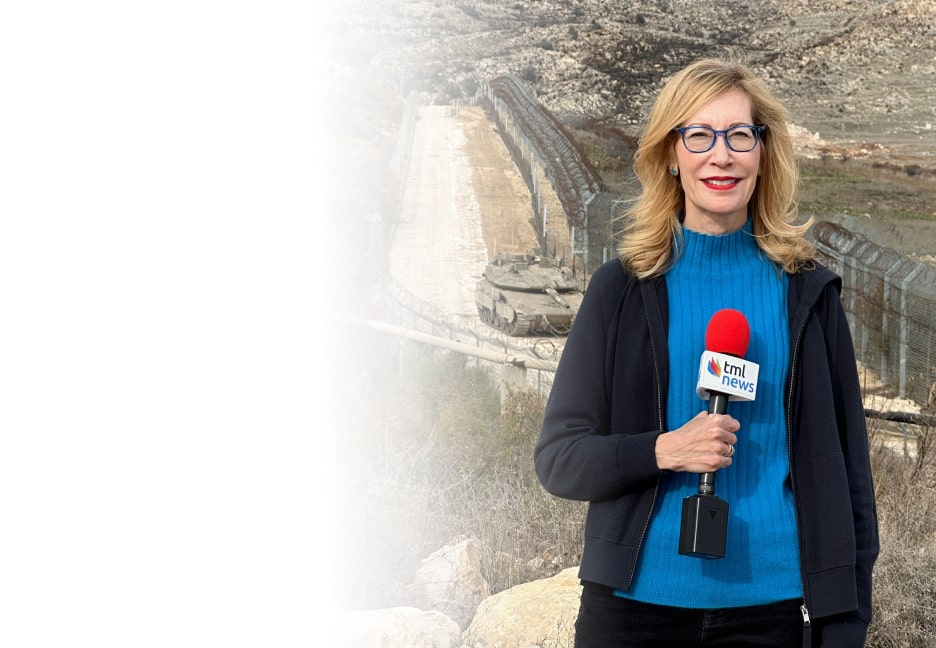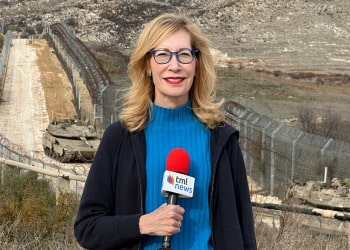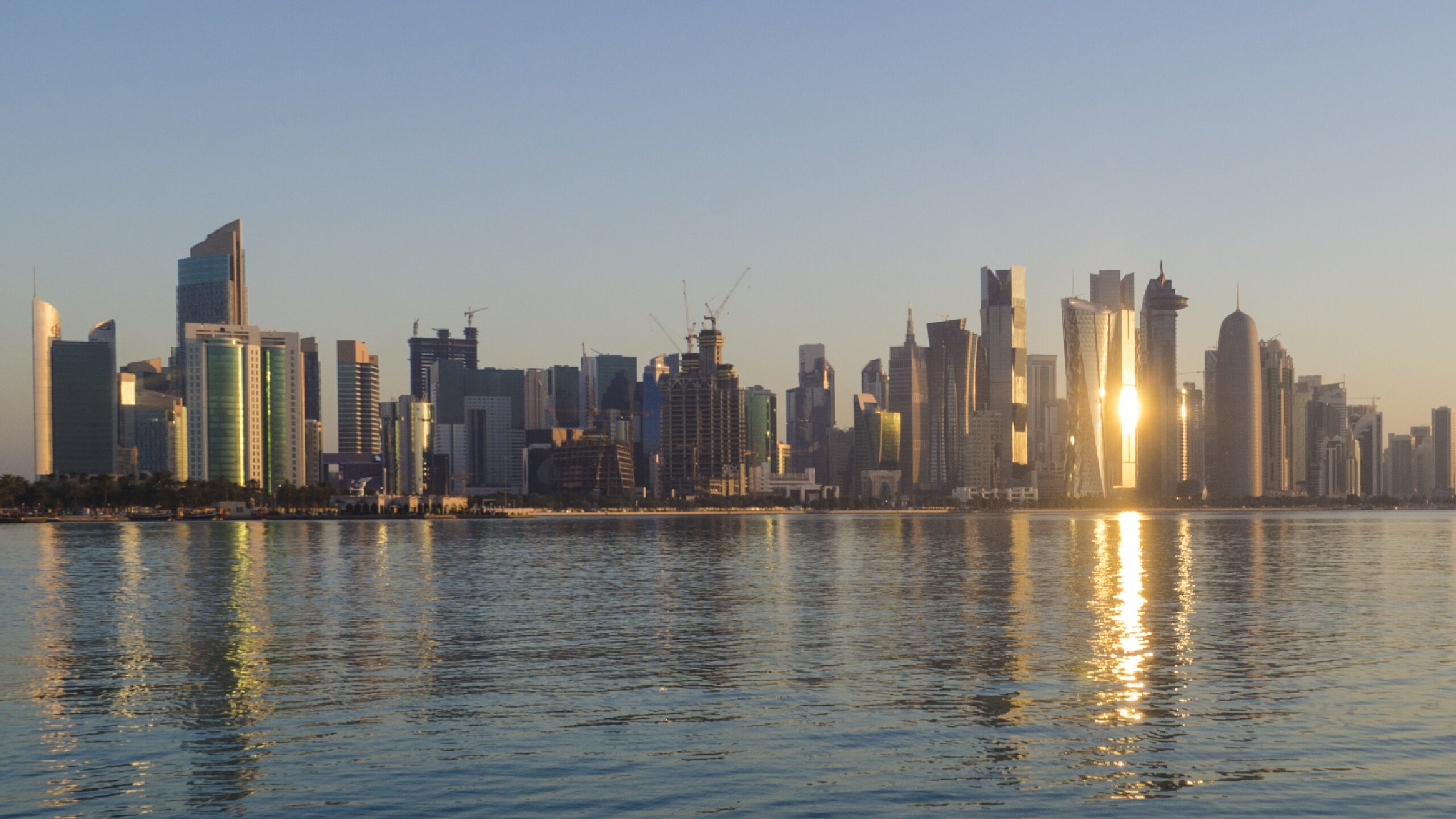Qatar’s Tourism Industry Thrives Post-World Cup: A 347% Increase in Arrivals Expected
After hosting the 2022 World Cup, Qatar is witnessing a massive surge in tourism, with growth attributed to new festivals, attractions, and improved diplomatic relations in the Gulf region
Tourism to Qatar has increased dramatically since the oil-rich nation hosted the World Cup in late 2022.
Many new arrivals hail from the Gulf Cooperation Council (GCC), a regional economic union of Bahrain, Kuwait, Oman, Qatar, Saudi Arabia, and the United Arab Emirates. Some are GCC citizens, while others are workers based in one of the union’s member states.
The new influx shows that Doha, the capital city of this Middle Eastern country, is increasingly competitive with more traditional tourist centers such as Dubai and Manama, capitals of the United Arab Emirates and Bahrain, or the Riyadh Season, a Saudi sports and entertainment festival.
In 2023, official sources project a 347% increase over 2022 in the number of foreign arrivals.
This growth is attributed in part to a series of newly organized festivals and tourist developments, including the Lusail Winter Wonderland in Lusail City, 8 miles north of Doha.
It’s only four hours from Bahrain by car or 450 kilometers
Recently improved diplomatic relations between Qatar and its neighbors are helping to boost tourism. In 2017, Bahrain, Saudi Arabia, and the United Arab Emirates severed diplomatic ties and blocked transport links with Doha, arguing that its rulers were supporting terrorism.
The diplomatic standoff ended in early 2021. Kuwait and the US helped broker the Al-Ula agreement, which normalized relations between Qatar, Saudi Arabia, Bahrain, and the United Arab Emirates, along with several other countries, including Egypt and Jordan.
Rashid Khalid, a Bahraini citizen, said he hadn’t set foot in Doha from 2017 to January 2023. Since then, however, he had visited six times, taking advantage of the city’s proximity to his home. “It’s only four hours from Bahrain by car or 450 kilometers,” Khalid explained.
Khalid appreciated Doha’s tourist attractions, which “have changed a lot compared to the past. I love them now. They are designed to suit travelers from GCC countries and are adapted to the Gulf’s tastes and culture, especially with regard to the hot weather.”
He was also enthusiastic about Doha’s streets and infrastructure, which have “become very spacious and comfortable for tourists.” In his case, visiting relatives in the country’s capital was a bonus.
Serious efforts have been made to develop the country’s infrastructure in recent years, despite the 2017-2021 diplomatic rupture and closure of the border with Saudi Arabia, its only land outlet.
The country has launched several large tourist projects, including the Lusail City complex. This development boasts islands, boulevards, and an assortment of tourist activities. Another new development is the Msheireb project in downtown Doha, a retail, cultural, and business complex with outdoor air conditioners and walkways.
This holiday season, give to:
Truth and understanding
The Media Line's intrepid correspondents are in Israel, Gaza, Lebanon, Syria and Pakistan providing first-person reporting.
They all said they cover it.
We see it.
We report with just one agenda: the truth.


Developers have designed other areas to suit special tourist interests, including cultural activities, history, marine biology, the natural environment, and sports.
Public transportation is also a plus. Doha is now served by a new metro, inaugurated in 2019, and an extensive network of public buses.
Sports figures prominently in the country’s tourism plans. The 2022 World Cup was a major landmark, and Doha is now working to organize additional international events.
These include the 2023 Asia Cup, which will host 24 football teams and feature Qatar as defending champion, and the Grand Prix, a Formula One extravaganza that debuted in 2021 and is now considered one of the Gulf’s most advanced racing circuits.
The Tourism Ministry is projecting an eventual arrival rate of 6 million to 7 million visitors annually, a dramatic increase over the 2022 figure of 2.6 million arrivals from abroad.
To date, the peak year for number of visitors was 2015, when 2.9 million arrived, while a historic low of 560,000 visitors was recorded in 2020, due to COVID restrictions and the Saudi blockade.
Although future tourism projections for the country are high, they are still lower than those of other GCC countries.
In 2022, for example, Saudi Arabia welcomed 16.5 million international visitors, several million of whom participated in the Haj and Umrah pilgrimages. The United Arab Emirates received 14.3 million international visitors, while Bahrain welcomed 9.9 million.
Tourism’s economic weight in the country is substantial, however. In 2021, travel and tourism accounted for roughly 10% of the gross domestic product, higher than the GCC average that year of 6.6%. Qatar Tourism, a government agency, hopes this contribution will climb to 12% by 2030.
Dr. Omar Alhawi, the dean of student affairs at The University of Technology in Bahrain, has visited Doha several times since the World Cup. The city is easy to access, he says, and border officials offer a visa upon arrival for only 100 Qatari riyals, or roughly $27.
Alhawi extolled Doha’s libraries, research, and cultural centers. “Every time I visit, I explore new places,” he said.
It is one of the most beautiful and cleanest countries I have ever visited, and its prices are not high
Bassam Abdullah, a Saudi tourism blogger, documented his visit to the country on Snapchat and TikTok, advising GCC residents to visit if they could.
Speaking with the Media Line during a live TikTok broadcast, Abdullah urged “everyone to visit Qatar. It is one of the most beautiful and cleanest countries I have ever visited, and its prices are not high.” The state does not charge value-added tax on consumer purchases, although that may soon change.
In Abdullah’s experience, “Qatar is more beautiful than the 55 capitals I have visited so far.” Although all GCC countries compete for tourists and design events and venues to deal with the heat, Qatar is distinctive, Abdallah says, because “there is air conditioning in the streets.”
Ahmed Al Balushi, a former regional manager for Oman Air, is similarly enamored of Doha. “I have visited Qatar several times,” he said, and ever “since the World Cup, things have changed a lot. Doha is constantly developing.” Car travel from Oman is easy and “the roads are clear and fast.”
Ahmed Abdullah, a tourism expert and owner of travel and tourism offices in Saudi Arabia, told The Media Line that he is seeing “an increase in tourists heading to Doha.”
Along with Saudi Arabia, the United Arab Emirates, and Bahrain, this Gulf state is seeking to increase tourism revenues. “We have begun to see great shows and festivals that suit everyone,” Abdallah explains.
A new tourism cooperation agreement between Bahrain and Saudi Arabia means that the two countries “can become a single destination for foreign tourists.” In the future, Abdallah believes, Qatar and the United Arab Emirates may join in.
At some point, Abdallah predicted, a “GCC Schengen” may emerge, a shared geographic space that visitors can tour as a single entity. This, the travel expert said, “will significantly enhance tourism in the Gulf.”

